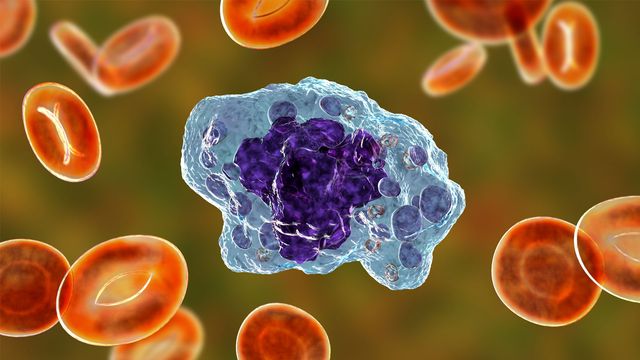The US Centers for Disease Control and Prevention will reschedule a late October meeting of an influential vaccine panel that’s been weighing changes to long-standing advice around childhood shots.
The Advisory Committee of Immunization…

The US Centers for Disease Control and Prevention will reschedule a late October meeting of an influential vaccine panel that’s been weighing changes to long-standing advice around childhood shots.
The Advisory Committee of Immunization…

Most individuals living with sickle cell disease who presented to the emergency department with a pain crisis, known as vaso-occlusive crisis (VOC), were not triaged appropriately according to established national guidelines,…

Breastfeeding until at least six months helps babies to fight off infections and reduces chronic inflammation, according to a new study. And better understanding the way specific nutrients in breast milk impact the immune system…

Approximately 9.5 million people globally live with Type 1 diabetes, a chronic autoimmune disease where T cells from the body’s immune system destroy insulin-producing cells in the pancreas, which are needed to control blood-sugar levels….

Scientists at the Wayne State University School of Medicine have published research into Parkinson’s disease that could serve as a road map for exploring therapies to slow the progression of, or even prevent,…
Every time you eat a meal, you’re hosting a dinner party. Your guests are the trillions of microbes that live in your gut.
These hungry microbes, collectively known as your gut microbiome, directly affect your long-term health for better or for…
ROCHESTER, Minn. — Mayo Clinic researchers have identified a protein that acts like a traffic controller for DNA, preventing damage during cell division — a discovery that could lead to new cancer therapies,…

A rare but dangerous form of breast cancer is on the rise in the United States, a new report says.
Lobular breast cancer rates are rising three times as fast as all other breast cancers combined, 2.8% per year versus .8% per year, researchers…
This request seems a bit unusual, so we need to confirm that you’re human. Please press and hold the button until it turns completely green. Thank you for your cooperation!